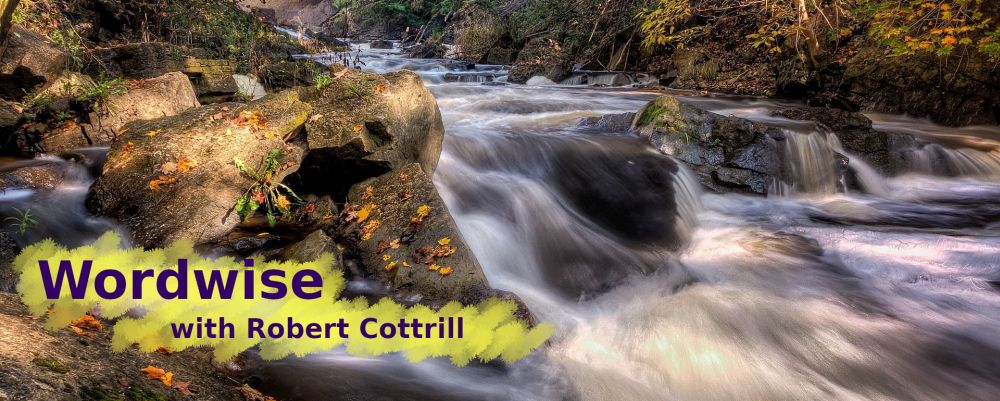Saviour, Breathe an Evening Blessing
Words: James Edmeston (b. Sept. 10, 1791; d. Jan. 7:1867)
Music: Evening Prayer (or Stebbins), by George Coles Stebbins (b. Feb. 26, 1846; d. Oct. 6, 1945)
Note: One of our most beautiful evening hymns, this one found its inspiration when Edmeston read Henry Salt’s 1814 book, Voyage to Abyssinia. There, he records, “At night, their short evening hymn, ‘Jesu Mahaxoroo’ [Jesus, Forgive Us] stole through the camp.”
The first four stanzas found in the Cyber Hymnal were written by Edmeston; the final two ((5) and (6)) were added over half a century later by Edward Henry Bickersteth (1825-1906). Though the latter stanzas are not part of the original, and are not usually included in our hymnals, they are a lovely addendum.
(Stanza numbers in brackets below refer to the stanza number in The Cyber Hymnal. Find the link at the bottom of the article.)
This wonderful hymn–including Bickersteth’s addition–is filled with allusions to various Scripture passages.
(1) takes us to one of the post-resurrection appearances of Christ (Jn. 20:19-23). On this particular occasion, the Saviour met with the eleven (and others, Lk. 24:33). Their Master had been killed, and they were fearful for the future. They gathered in the Upper Room at evening, no doubt to discuss what to do. It was then the Lord Jesus met with them, and we read:
“He breathed on them, and said to them, ‘Receive the Holy Spirit.’”
John 20:22
This seems to have been a special endowment in anticipation of Pentecost. The unique equipping of the Spirit of God would illuminate their understanding of all that had happened, in the light of Old Testament prophecy. They needed to comprehend that the cross was neither an accident, nor a detour in the plan of God. And it was then that Christ “opened their understanding that they might comprehend the Scriptures,” commissioning them to be witnesses of His resurrection (Lk. 24:45-48).
(1) Saviour, breathe an evening blessing
Ere repose our spirits seal;
Sin and want we come confessing:
Thou canst save, and Thou canst heal.
(2) takes us to Psalm 90:3-8 and the promise of God’s watchful care and protection. (3) alludes to Psalm 139:11-12–“the darkness and the light are both alike to You,” in the sense that His watchfulness extends to both, and nothing is hidden from God’s sight.
With (4), Edmeston ends his hymn with the possibility of an individual dying in his sleep. Though that could certainly occur, I agree with Bickersteth that something more seems needed to be needed afterwards:
(4) Should swift death this night o’ertake us,
And our couch become our tomb,
May the morn in heaven awake us,
Clad in light and deathless bloom.
Dr. Bickersteth’s words refer to Christ with the tender line, “Saviour who hast slept our sleeping.” In His humanity, the Lord experienced weariness as we all do (Jn. 4:6). But for about 12,000 nights, the Son of Man had made his home on earth, where He did not even have a place of his own to lay His head (Lk. 9:58; cf. Mk. 4:38). It’s a sign of His humbling and condescension, that this was so. And because of it He’s able now, at the Father’s right hand, to identify with us in our weakness and weariness, and graciously come to our aid (Heb. 4:14-16).
(5) Father, to Thy holy keeping
Humbly we ourselves resign;
Saviour, who hast slept our sleeping,
Make our slumbers pure as thine
(-6) Blessèd Spirit, brooding o’er us,
Chase the darkness of our night,
Till the perfect day before us
Breaks in everlasting light.
Questions:
- What other evening hymns have been a special blessing to you?
- How else did God the Son, in the experiences related to His humanity, identify with us?

